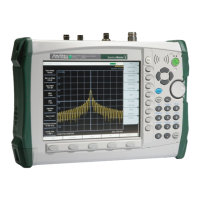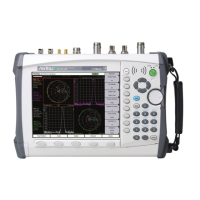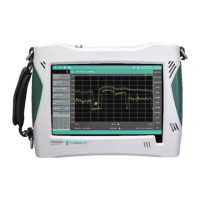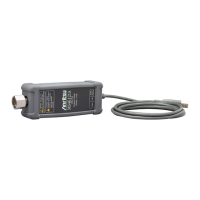B-6 PN: 10580-00321 Rev. M S331L UG
B-2 Glossary Terms Glossary of Terms
dBc : Decibels referenced to the carrier (dBc) is a
technique for expressing a power measurement in
logarithmic form using the carrier power as a
reference. The units are used to describe how far
down signals and noise are relative to a known
signal. Typical use of this term is to describe
spurious signals and noise compared to a desired
transmit signal.
dBd : Decibels referenced to a dipole antenna (dBd) is a
technique for expressing a power gain
measurement in logarithmic form using a
standard dipole antenna as a reference. dBd is a
measurement of signal gain used in radio antenna
design. Specifically, dBd refers to signal gain in a
dipole radiator.
dBm : dBm is a decibel value referenced to a milliWatt
(dBm). This is a technique for expressing a power
measurement in logarithmic form using 1 mW as
a reference. dBm is a decibel ratio (log 10) of
Watts (W) to one milliwatt (1mW). dBm,
therefore, represents absolute power.
DHCP : Dynamic Host Configuration Protocol (DHCP)
DSP : Digital Signal Processing (DSP)
DSRC : Dedicated Short Range Communications (DSRC):
DSRC is a system that is intended for
communications between two vehicles, or from one
vehicle to a roadside network. Refer to IEEE
802.11p.
DTF : Distance-To-Fault (DTF) is the distance from the
instrument output connector (or the end of a test
lead) to a problem area, as indicated by a peak in
the displayed signal.
DVB-C : Digital Video Broadcasting - Cable (DVB-C) is the
DVB European consortium standard for the
broadcast transmission of digital television over
cable. This system transmits an MPEG-2 family
digital audio/video stream, using a QAM
modulation with channel coding.
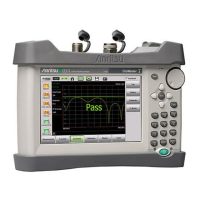
